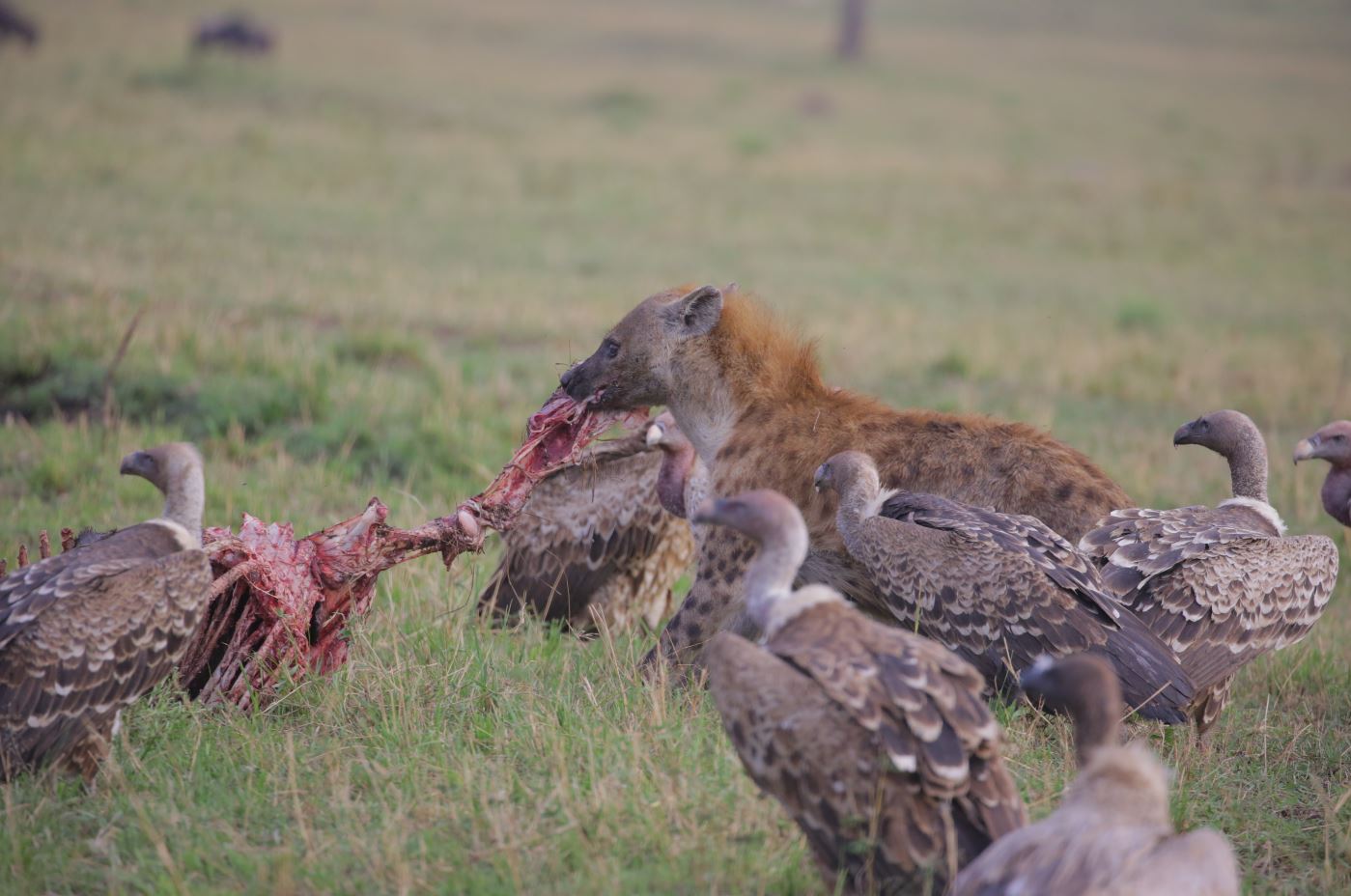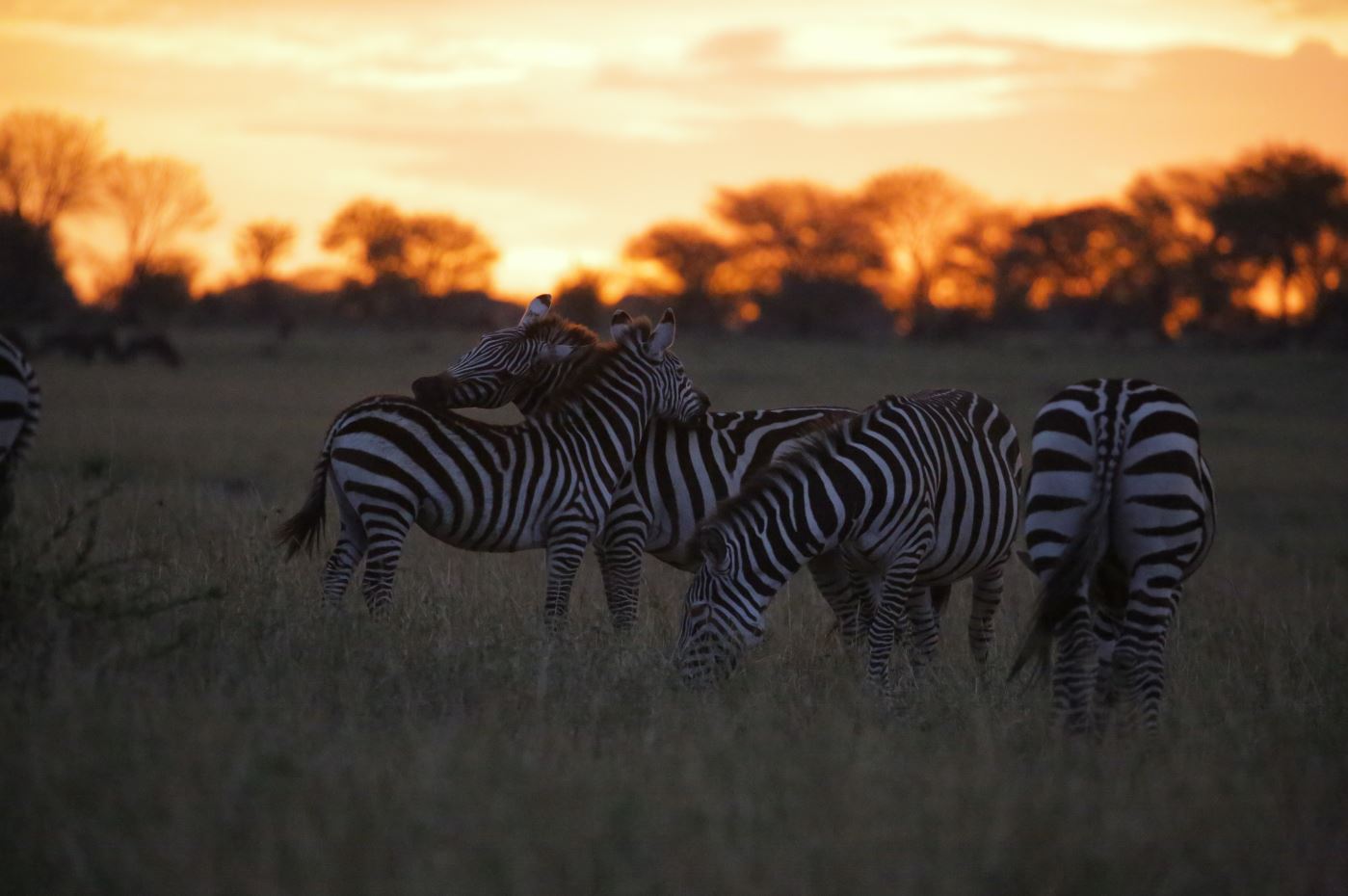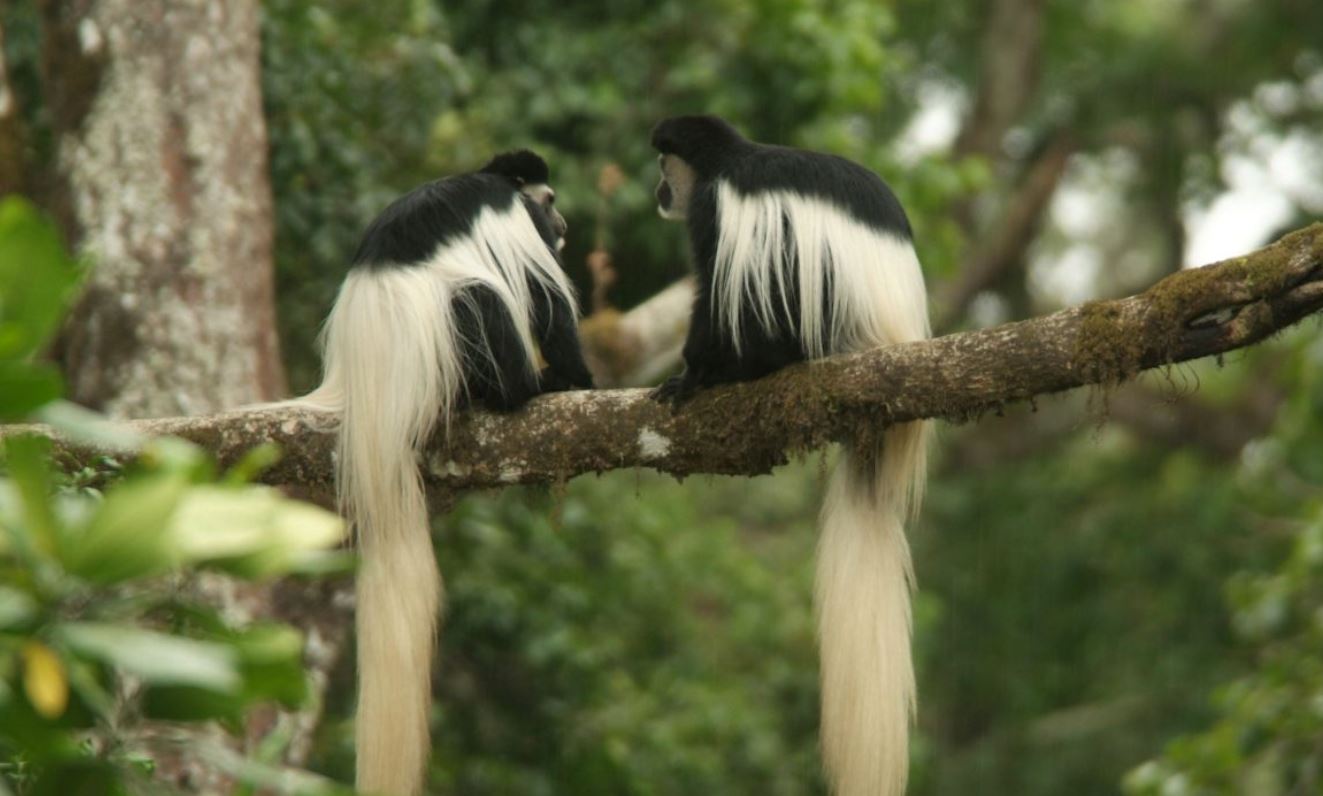Home / Northern Circuit
Between the Ngorongoro Highlands, Lake Victoria and Tanzania’s northern border with Kenya stretches one of the world’s last great wildlife refuges – the Serengeti. The name comes from the Maasai “siringet,” meaning “endless plains”. The Serengeti’s 14,763 square kms contains about three million large animals, most taking part in seasonal migrations, unparalleled in nature. Twice a year, triggered by the rains, 1.4 million wildebeest, 300,000 zebra and 300,000 Thomson’s gazelle gather to undertake the long trek to new grazing lands. The migration of the herbivores roughly defines the boundaries of Serengeti National Park, which is the central zone of the Serengeti ecosystem, an area that also takes in Kenya’s Maasai Mara National Reserve, the Ngorongoro Conservation Area and the Maswa Game Reserve in the west. Within this 25,900 square kms of varied landscape live thirty-five species of plains game and 500 bird species.






The Ngorongoro Conservation Area covers 2286 sq km and encompasses the volcanic area around the Ngorongoro Crater – including the still active volcano of Oldonyo Lengai and the famous Olduvai Gorge. Its centerpiece, the Ngorongoro Crater, is the largest unbroken caldera in the world and the first sight of it is breathtaking. The floor of the crater is only 100 sq miles but is home to around 30,000 animals with a high concentration of predators. The crater supports up to 25,000 large mammals. Grazers dominate: zebra, wildebeest – accounting for almost half the animals – gazelle, buffalo, eland, hartebeest and wart hog. Giraffe, for example, stay away because there is insufficient food at tree level; topi because they compete directly with wildebeest.
An odd feature of the crater elephants is that they are almost exclusively bulls. Breeding herds – comprising large numbers of females and young with a few attendant older males – are probably unable to find sufficient quality food in the crater. Ngorongoro has carnivores in quantity, drawn by the large herds of prey animals. It has the densest population of large predators, mainly lion – about 100 – and more than 400 spotted hyena, living in eight clans of up to eighty individuals. Both lions and hyenas will scavenge from each other, depending on weight of numbers and of course, hunger. Most of the bird wildlife in Ngorongoro is seasonal. Also influencing the variety of bird species on display is the ratio of soda water to fresh water – soda water has the largest expanse of water on the crater floor, Lake Magadi. The lake is alkaline due to deposits of volcanic ash thrown out by surrounding volcanoes. The Empakaai Crater (2º55′ S, 35º50′ E, 2,400 m a.s.l) lies within the Ngorongoro Conservation Area in northern semiarid Tanzania. The caldera is about 35 km2, with the rim ranging from 2,700 to 3,500 m a.s.l. An 80-m deep alkaline lake, Emakat, partly occupies the caldera floor. The vegetation in the highlands (2300-3100 m a.s.l) consists of a mixture of dry evergreen forest with Juniperus procera, Tecla simplicifolia and Nuxia congesta and highland shrubs and grassland. Small patches of moist evergreen forest with Hagenia abyssinica are limited to the southern part of the caldera. Above the forest afroalpine Artemisia moorland can be found. The eastern slopes receive about 1000 mm/yr. Rainfall varies considerably due to orographic effect with a significant year to year variation. Hagenia abyssinica, a component of moist evergreen forest, being the most dominant taxa of the pollen sum, this is due to the humid condition.
Tarangire National Park derives its name from the Tarangire River that rises in the highlands of central Tanzania and winds its way through the game sanctuary. The river irresistibly lures the herds of plains migrants from the parched surrounding area to its shrunken – but permanent – brackish waters during the dry season. The animals come by thousands from as far north as the shores of Lake Natron, dramatically swelling the resident population with wildebeest, zebra, eland, elephant, hartebeest, buffalo and fringe-eared Oryx. Hence, a leisurely drive along this “river of life”, guarantees spotting of lots of animals – both resident and migrants.






Entering the park the tall trees surround the ground forest. In many ways it resembles a tropical rainforest – with its verdant foliage and variety of bird life – the difference being these trees are supported by a water supply from underneath rather than by abundant rainfall. Following the formation of the Rift Valley, streams cascaded down the rocky walls and, because there was no outlet, a lake was formed. It was at its largest about a quarter of a million years ago. The average area of the lake is around 390 square kilometers varying from year to year. The lake harbours abundant aquatic life ranging from pink flamingoes to elegant pelicans. The hippos are no doubt commandingly noticeable in the inlets of various rivers & rivulets feeding this lake with fresh water. At the far southern end of the park, are some Hot water springs owing to the vulcanicity which the whole region went through, about a million years ago. Perfectly popular are the tree-climbing lions of this park – they are known to take this position especially during the dry season on the low-lying branches of the dominant umbrella acacias.
Arusha National Park is a secret jewel of many facets. It is not only the closest National park to Arusha town, but also one of the most beguiling. This is a treasure, a rich tapestry of habitats, teeming with animal and birds. The park has three distinct zones that contribute to its variety and beauty: the lush swamps of Ngurdoto Crater; the tranquil beauty of the Momella lakes, each a different hue; and the chill rocky alpine heights of Mount Meru rising to 4,566 metres (14,990 feet). Zebra graze on red grasslands, wide-eyed dik dik dart into scrubby bush-like overgrown hares on spindly legs. Duikers lurk shadowy forests that are draped with waterfalls. Reedbuck pick through marshy pools. There are more than 400 species of birds. Fluffy-tailed black and white colobus monkeys riot in the damp forest mists. Giraffes glide across the grassy hills. In the distance Mount Kilimanjaro watches over all. But it is her unassuming cousin, Mount Meru that dominates, offering unparalleled views of the famous neighbour.



Arunga Expeditions Safaris helps our visitors/clients when it comes to the best safaris preparations based on their particular budget and the destinations that they need to visit.
Copyright 2023 Arunga Expeditions Safaris© All Rights Reserved